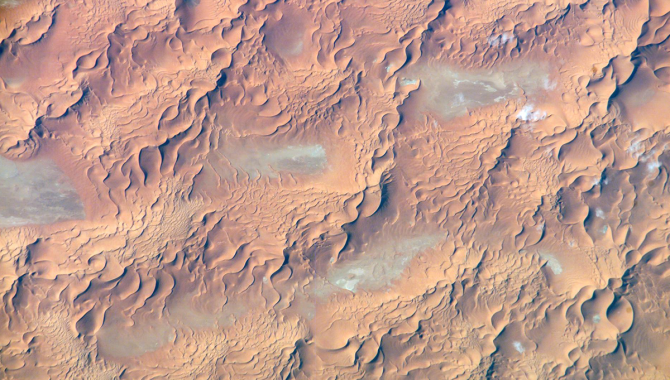
EMIT will quantify mineral composition of desert dust.

EMIT will quantify mineral composition of desert dust.

Impedance compatibility problems between test facilities and electronics hardware can result in damage or failure.
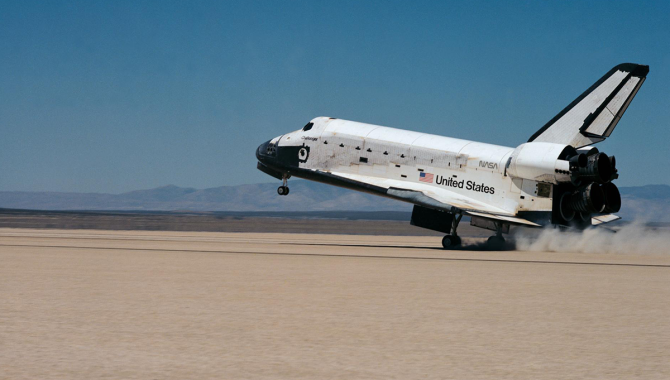
Crew recovers from engine shutdown to complete ambitious science objectives.
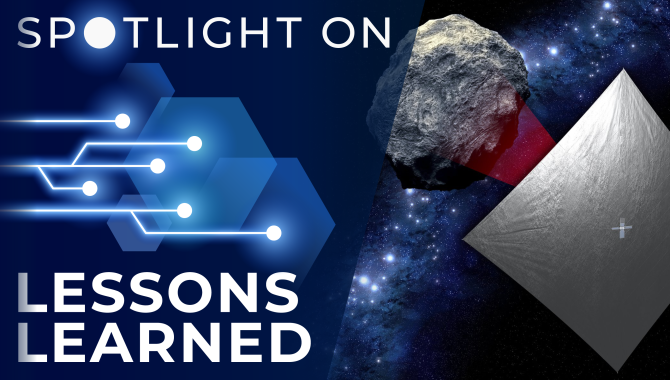
Projects that use commercial web software should take proactive measures to mitigate IT security risks.
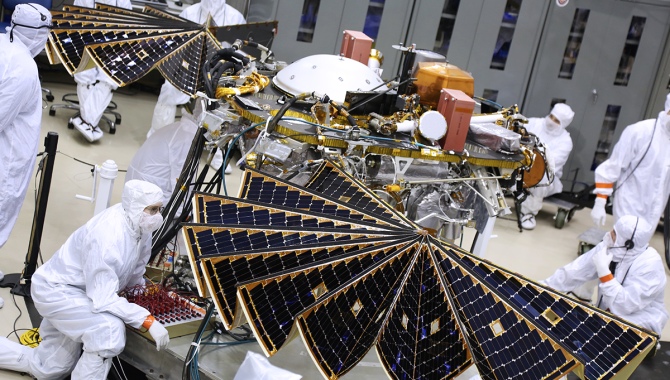
Examination of data from the first seismometer on the surface of Mars just beginning.

This page provides resources to help NASA leaders and teams take steps to build a culture that connects employees to knowledge when they join a team and that retains the critical knowledge held by experienced personnel in advance of retirement or other transitions.
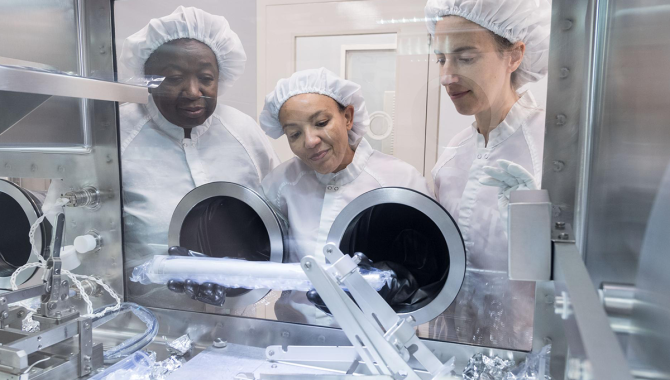
Researchers are examining lunar soil and rocks with new tools.
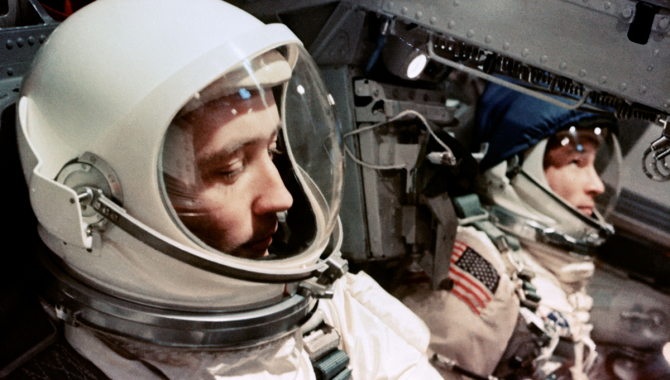
Gemini IV astronauts solve hatch problems, test human endurance.
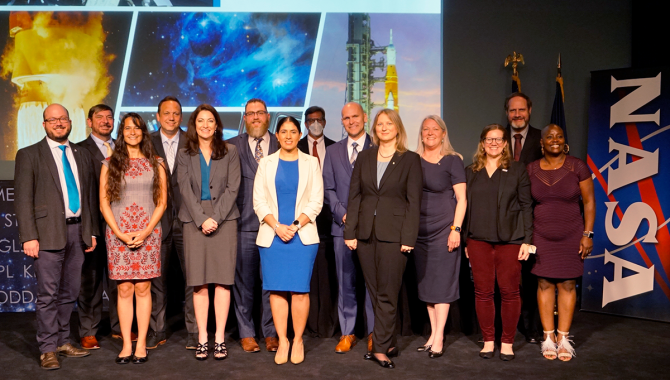
Cohort completed systems engineering and leadership development program during pandemic.